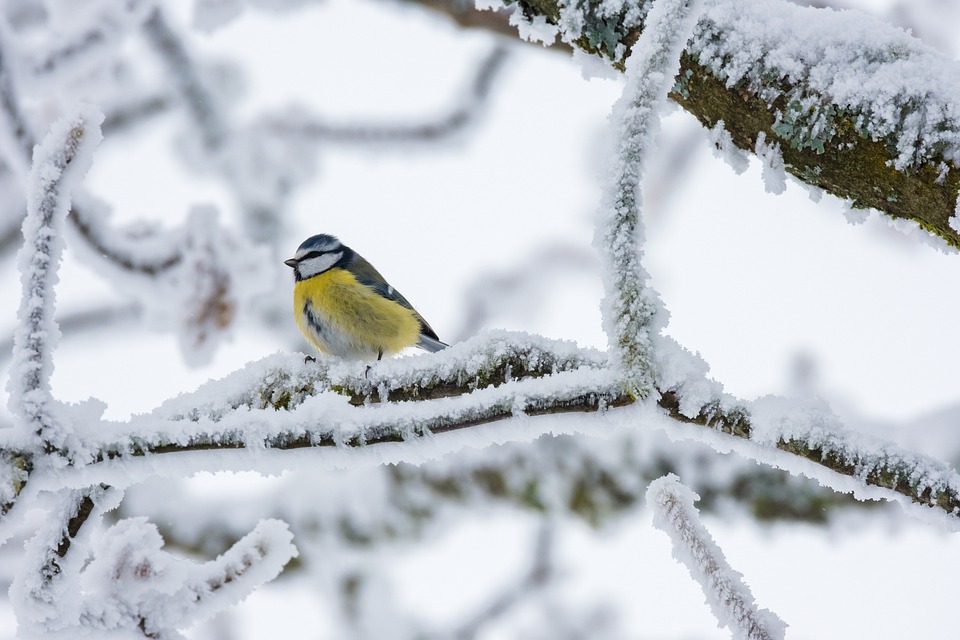The 134th national songbird feeding season begins, which lasts from the arrival of the first frosts until the end, until March, reads the announcement of the Hungarian Ornithological and Nature Conservation Society (MME).
The document reminds us that in Hungary, the bird-feeding movement of the population can be counted on from 1890. MME draws attention to the fact that contrary to popular opinion, birds are not fed to stay alive, they can do this without human help.
The goal is our enjoyment, the observation of about fifty potential feeder bird species offers a unique experience. At the same time, the MME draws the public’s attention to the fact that waterfowl should not be fed, as this could cause their mass destruction.
Bird traffic at the feeders primarily depends on the harshness of the winter, and the thickness and durability of the snow cover. In mild winters, the number of species and individuals of birds visiting the feeders is often only half or a third of the usual number. Sunflowers, apples (stuck on twigs and scattered on the ground) and berries (wild grapes, ivy, thorn, western whipwood) and animal fat (fat, tallow, bacon desalted by cooking, zinc balls) can be fed to songbirds as winter food.
One of these may be sufficient by itself, as well as drinking water and daily water changes in frozen drinkers. Experimenting with anything else is unnecessary and can be risky for the birds, they emphasize in the announcement.
As they write, in contrast to the winter feeding of songbirds, the feeding of waterfowl can put the animals in danger, make them sick and condemn them to death, which the authorities and nature conservation organizations worldwide are fighting against.
In the announcement, it is emphasized that the domestic experiences of the winter of 2016/2017, which brought frosts of a hardness not seen in thirty years, and the mass deaths of birds, highlighted the need to talk about the topic in Hungary to protect birds and people.
The lifestyle of waterfowl is fundamentally different from that of songbirds that visit classic feeders, so feeding them poses a life-threatening risk because it turns off the migration behavior that guarantees winter survival, which causes them to freeze en masse in ice. It increases crowding, aggression between birds, the resulting risk of injury and the spread of infectious diseases.
Mass contact is also dangerous for humans, this is especially a risk for bird flu. The continuous diet of feeding bread can make the birds sick, one of these forms, the “angel’s wing disease”, can cause a complete inability to fly in young birds, they write in the announcement.
(MTI)


















